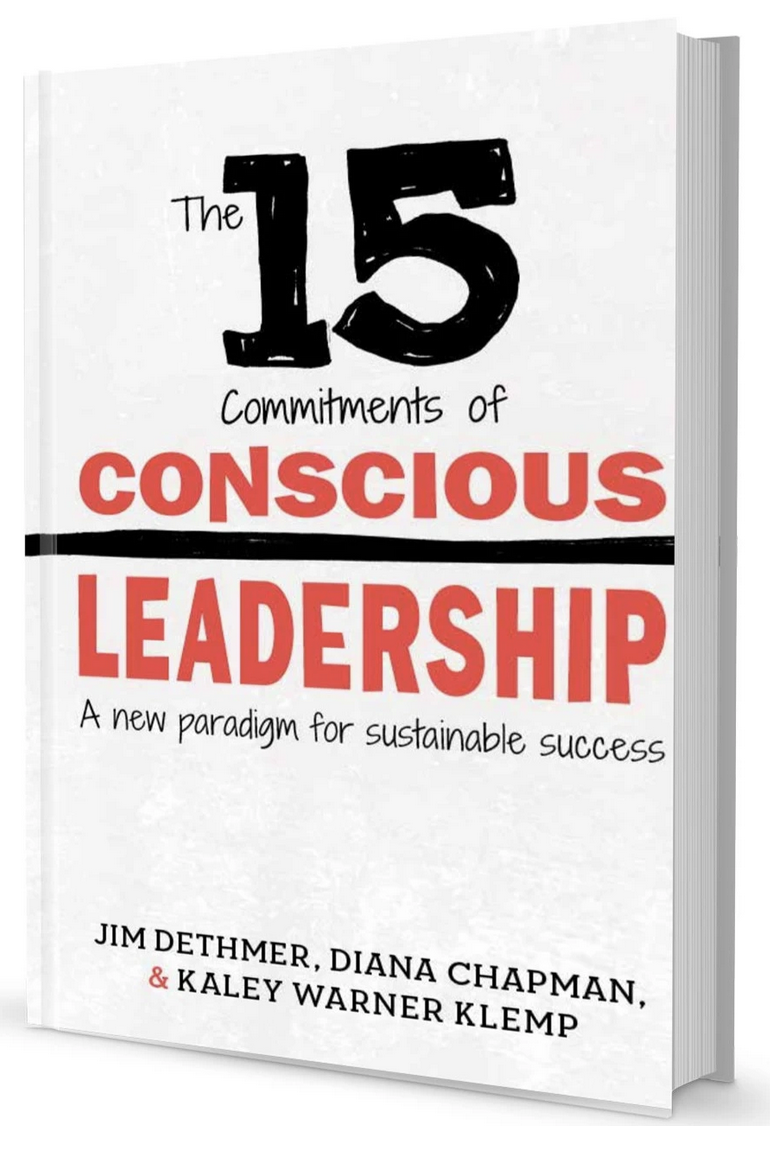



Three ways of looking at the Trust Triangle
Trust is a crucial element of a high performing team. This post explores three elements of importance for leaders to create trust.

Why Should I Write a Grant Proposal if I Am a Scholar in the Arts or Humanities?
By observing the career trajectories of faculty in the arts and humanities who did choose to write grant proposals, I came up with some arguments on why writing grant proposals may prove a very good use of time for faculty in the arts and humanities, and could very well help advance their careers.

Agile Concepts in Academia, Part III: What Can Agile Do for Me – Really?
In the first two posts about Agile and EBM, we focused on history and theory. In this post, let’s get real.

Finding your problem-solving superpowers
The FourSight assessment tool focuses on the questions above to help you understand how your strongest preference can influence your decision making and team dynamics—often without your conscious awareness.

Agile Concepts in Academia, Part II: Evidence-Based Management
Evidence-Based Management: What the non-profit world learned from medicine (and what academia can learn from both).

Agile Concepts in Academia, Part I
“Agile” is one of those business buzzwords that is making its way into Academia. In this post, I will attempt to peel away the jargon and mythology to focus on the aspects of Agile that can have the most impact on the daily work of an academic, whether a single investigator, the head of a center, or an RD professional.

What Is the Function of Leadership?
If you're the head of a group of people and not consciously functioning as a leader, you're doing themselves and yourself a disservice. And leadership can be learned, shows up in a lot of different ways. Oozing is optional.

Temporal Motivation Theory: How to Hack Your Writing Habit
You know that getting articles published and submitting grants are required to move forward in your career. Yet, between meetings, running experiments or cohorts, field work, and administrative tasks, the time to write just never happens. Or maybe you get stuck staring at blank screen. How do you get started?

Book Review - Listen Like You Mean It: Reclaiming the Lost Art of True Connection
The author, Ximena Vengoechea, is an experienced writer, illustrator, and manager who translates her considerable knowledge into a series of cheerful and informal yet very serious chapters discussing specific issues in communication through the lens of listening skillfully.

The Intersection of Ted Lasso, Walt Whitman, and Maria Popova
The ability to ask better questions relies on putting ourselves into a somewhat vulnerable and not always comfortable state.

Book Review: 15 Commitments of Conscious Leadership
When ATG launched our LEADin3 program, this book became one of our important resources. When asking leaders to consider their impact on the systems they lead, the idea of staying above the line is an easily understood method of rapid self-assessment for most leadership challenges.

Leveling Up through Coaching
What exactly is coaching and how might it facilitate developing university research leaders? As part of our Brown Bag series, ATG recently hosted a panel of trained coaches who apply their coaching expertise to empower university researchers to identify and move toward their goals.

The Essence of Grantsmanship
Back in June, 2021, Dr. Michelle Cardel posted this thread about her experiences as a reviewer. It contains a lot of great information, starting with, “Justify, justify, justify.” Or as I would say, make sure the reader always knows why. Start with why.

Book Review: Strategic Doing: Ten Skills for Agile Leadership
Have you ever participated in a strategic planning process to help identify an organization’s mission, goals, and priorities? What was your experience? Who was involved in preparing the plan? How was the plan implemented? If your experience was anything like mine, your group spent many hours creating a vague vision statement and goals that rarely again saw the light of day. And when they were referred to, the vague language provided little concrete guidance.

Creating a Diverse University Search Committee
ATG’s recent Brown Bag presentation “A How-To in Diverse University Hiring” highlighted a successful case study from University of Detroit Mercy’s College of Engineering & Science. Jahzara D. E. Mayes, EdD, and Katherine Snyder, PhD shared how they successfully overhauled the college's hiring process to prioritize equity and inclusion. Other colleges at the university are following suit.

Resources for New PIs: Help Finding the Way
In anticipation of our August Brown Bag event - The Roles You Play as a PI - we asked our followers for their favorite and most useful resources for new PIs. Here are six of their top picks.

Looking Beneath the Hood of a Large Center Proposal
Formula 1 is all about winning the race. Every car on the track is an incredibly high-performance vehicle, but only three drivers will take a podium. Each car and driver represent a whole team of engineers, pit crew, race strategists, and more. If any part of the system is out of whack, even the very best drivers cannot win. A successful large center operates in some ways like an F1 team, with a shared mission, clear roles and responsibilities, and defined expectations.
